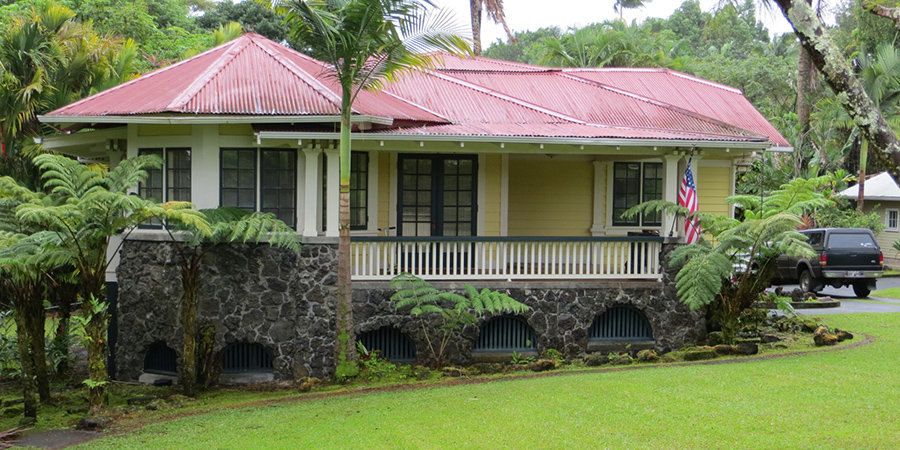
In Hawai‘i, daily life coexists with reminders of a long history that began an estimated 2000 years ago when the earliest recorded Polynesian voyagers landed in the Islands. The centuries following their arrival unfolded as a rich and complex narrative spawning the Hawaiian Kingdom, the Missionary and plantation eras, World War II, Statehood, the tourism and development boom of the 1970s and the present.
The architecture of Hawai‘i reflects its unique history. Owning a significant historic home and listing it on the Hawai‘i Register of Historic Places contributes to the preservation of Hawai‘i’s history, providing a tangible connection to past eras for the benefit of present and future generations. Owning a property that is listed on the Historic Register, and abiding by programs to ensure preservation of its special character and sense of place, helps to promote understanding, inspiration and education for both the owner and members of the community.
On this page:
The Facts of Owning a Historic Home
Before making a commitment to owning a historic property, be aware of both the benefits and the responsibilities.

The Benefits of Owning a Historic Home

Determining the Status of a Historic Residence
Nominating Your Home to the Historic Register
For historic homes not yet listed, if your home is 50 years or older and historically significant you can nominate it for the Hawai‘i Register of Historic Places.








